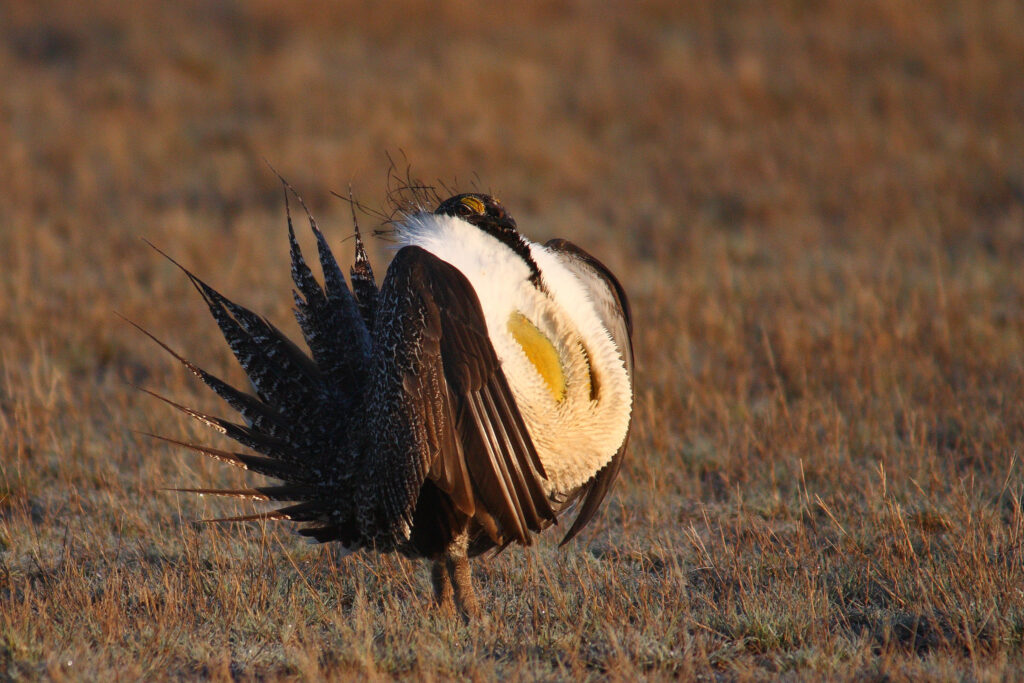One of the chief benefits of embracing free market environmentalism is that it will ensure conservation is more collaborative. Where markets can convert environmental values into profit, they reinforce incentives for conservation. Well-designed regulation can approximate these benefits, but will often fall short. And, too often, we confuse merely consulting with diverse stakeholders before a regulation’s issuance with collaboration.
There are many examples where markets have been used to promote collaborative conservation. For instance, Montana’s American Prairie Reserve encourages neighboring ranchers to adopt conservation practices in exchange for a premium price on the beef they produce. This encourages collaboration between the conservation group and its neighbors by giving both an incentive to care about conservation and the ranches’ profitability.
If a conservation measure costs the rancher too much, she’ll reject the subsidy or demand a higher one, shifting this cost back onto the conservation group. Similarly, if conservation measures can be designed to provide other benefits to the rancher—by, for instance, increasing the quality of forage—the subsidy can be reduced without sacrificing the incentive for the rancher to participate. Thus, the creation of a market aligns the incentives of ranchers and conservationists.
Because markets rely on voluntary exchange, it is easier—in fact, necessary—for free market solutions to pursue collaboration. Regulations can approximate these benefits, by creating similar win-wins. But the government’s coercive power makes this result less likely.
For instance, the eleven-state undertaking to protect the greater sage grouse is one of the largest conservation effort in recent memory and is often praised as an example of how government can promote collaborative conservation. And recent proposals to revise federal plans for the species have been criticized for unraveling this collaboration.
Such a large conservation project defies simple labeling. The sage grouse project stands out for the extent to which federal agencies consulted with states, conservation groups, industry, and landowners to develop conservation measures. But consultation is not the same as collaboration where someone—here, the federal government—has the power to enforce its preferences by edict.
Significantly, the federal government encouraged states to develop local programs enjoying broad support. Many states responded to this invitation by developing collaborative programs. For instance, four states developed habitat exchange programs that encourage landowners to improve habitat on their lands in exchange for credits that can offset habitat modification elsewhere. Relatively little controversy remains for these programs.
Instead, what’s controversial are federal regulations that were imposed while rejecting state suggestions. They led to significant strife, including lawsuits by several states. [Disclaimer: The author represents ranchers in a case involving these rules although it concerns the agencies’ failure to submit them to congressional review, rather than their wisdom.]
The Trump administration has proposed replacing the controversial aspects of these regulations with versions that are closer to what the states originally proposed. That proposal, in turn, has been controversial with supporters of the existing rules, some of whom are almost certain to sue if the proposed changes become final.
Questions about which rule is better aside, it is a mistake to describe the controversial elements of either as collaborative solutions. The existence of the controversy should dispel that description. Both are top-down regulations in which a government agency picked the side of a dispute it favors. Consulting with diverse stakeholders—by, for instance, subjecting a decision to public notice and comment—doesn’t necessarily mean the result will be a collaborative, win-win solution.
Perhaps the lesson of the greater sage grouse is to compare those elements which have not generated continuing conflict to those that have. The former, which tend to rely on incentives and voluntary collaboration, suggest that a free market approach could do better than leaving it to politics to pick a winner in these conflicts.




